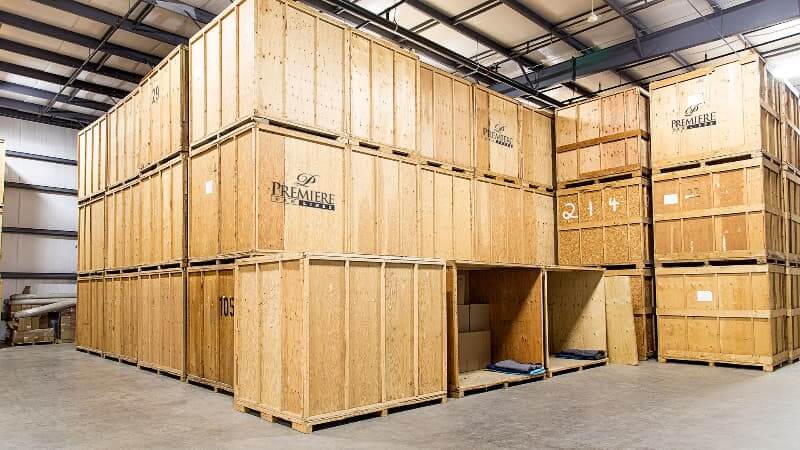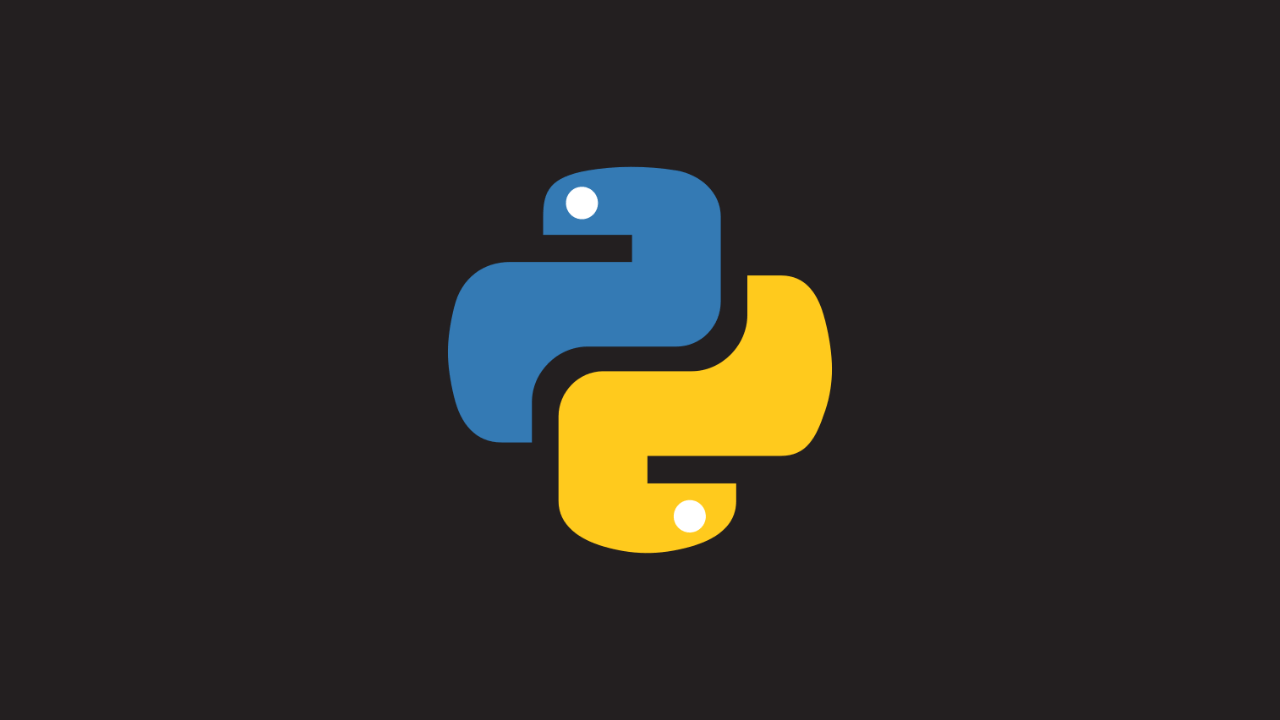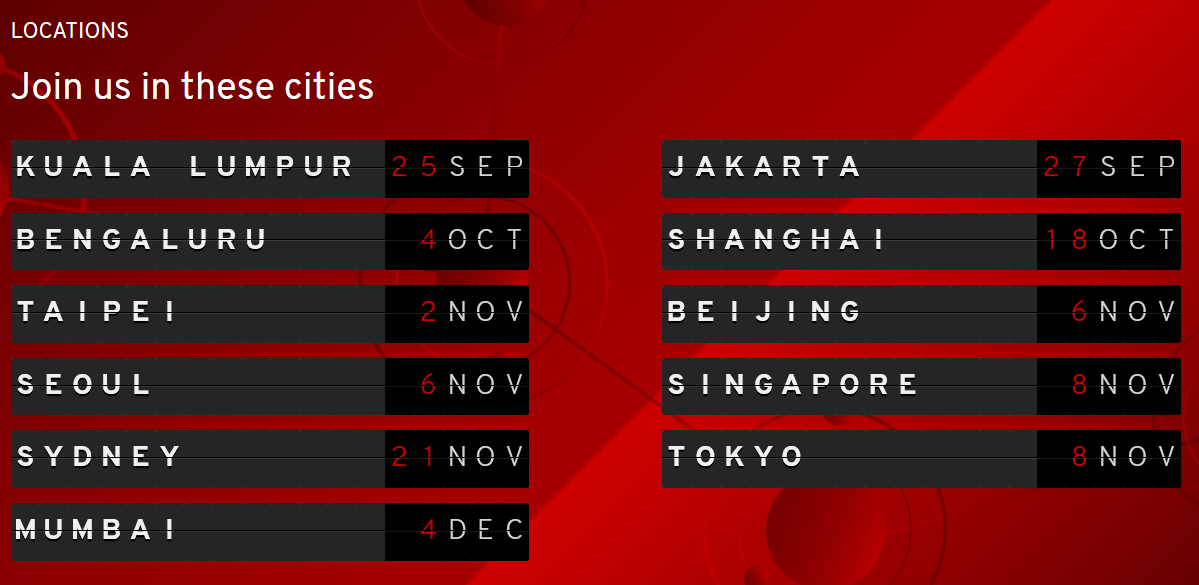How to Fix a Failed PV in OpenShift Cluster
-
 Gineesh Madapparambath
Gineesh Madapparambath
- Cloud, Kubernetes, Open shift
- November 16, 2018

# oc get pv |grep lv-1g-110
lv-1g-110 1Gi RWO,ROX,RWX Recycle Failed newproject/postgresql-test-dep 26d
From above snippet we can understand that, the PV lv-1g-110 is claimed by a PVC (PersistentVolumeClaim) named postgresql-test-dep and this is under project newproject . So let us check that PVC details.
# oc get pvc -n newproject | grep postgresql-test-dep
# oc get pvc -n newproject | grep lv-1g-110
#
Aah ! now we got confused; there is no such PVC called postgresql-test-dep or anything with lv-1g-110. Means, lv-1g-110 is stuck with some wrong claim. Let us see what is holding inside PV config.
# oc describe pv lv-1g-110 |grep Claim
Claim: newproject/postgresql-test-de
No wonder, we can see the PV got a ClaimRef for a PVC which doesn’t exist at all ! Let’s remove this.
Method 1 : Using oc edit
oc edit and remove those ClaimRef lines.
# oc edit pv lv-1g-110
Then remove below lines and save it.
claimRef:
apiVersion: v1
kind: PersistentVolumeClaim
name: postgresql-test-de
namespace: newproject
resourceVersion: "569221692"
uid: 44aa4a1a-e3fd-11e8-83ad-65efe91e200
Method 2 : Using oc patch
# oc patch pv/lv-1g-110 --type json -p '[{ "op": "remove", "path": "/spec/claimRef" }]'
Now we check the pv status.
# oc get pv |grep lv-5g-293
lv-1g-110 1Gi RWO,ROX,RWX Recycle Available 8
That’s all; our pv is Available for next claim.

Gineesh Madapparambath
Gineesh Madapparambath is the founder of techbeatly. He is the co-author of The Kubernetes Bible, Second Edition and the author of Ansible for Real Life Automation. He has worked as a Systems Engineer, Automation Specialist, and content author. His primary focus is on Ansible Automation, Containerisation (OpenShift & Kubernetes), and Infrastructure as Code (Terraform). (Read more: iamgini.com)
Note
Disclaimer: The views expressed and the content shared in all published articles on this website are solely those of the respective authors, and they do not necessarily reflect the views of the author’s employer or the techbeatly platform. We strive to ensure the accuracy and validity of the content published on our website. However, we cannot guarantee the absolute correctness or completeness of the information provided. It is the responsibility of the readers and users of this website to verify the accuracy and appropriateness of any information or opinions expressed within the articles. If you come across any content that you believe to be incorrect or invalid, please contact us immediately so that we can address the issue promptly.


